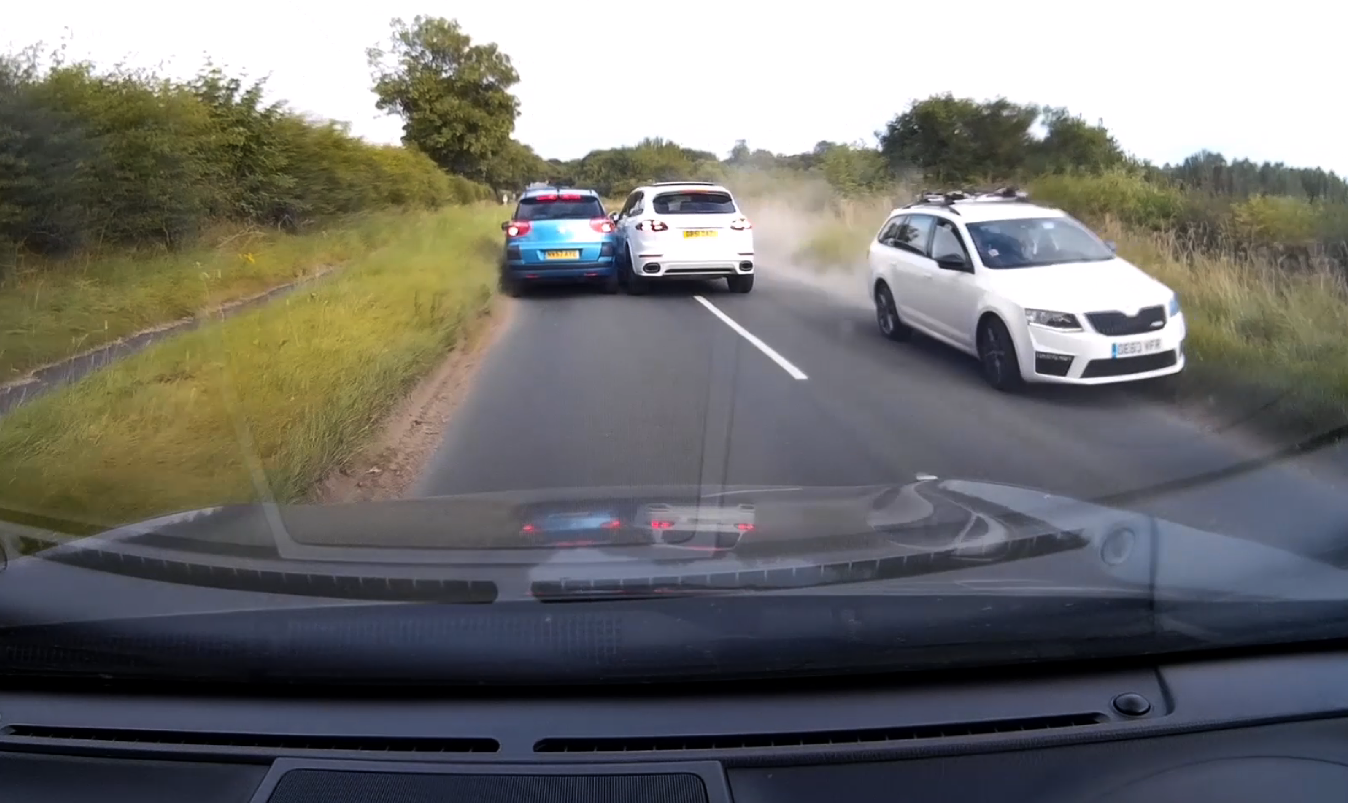Blog

Precautions For Women and How To Overtake When Driving
The seemingly simple manoeuvre of overtaking/ passing other vehicles accounts for a high rate of fatalities on roads. Sometimes what may seem like a good opportunity to overtake really isn’t. Arrive Alive gives some great tips on overtaking:
First you have to ask the question: Should I overtake?
Any driving movement can be considered with reference to the questions “Is it safe, legal and convenient?” There is often very little advantage to be gained for the risk taken! Only after answering YES to the following questions should you start to even think of overtaking:
Can I see far enough ahead to be sure it is safe?
Am I able to pull back to my own side of the road in plenty of time after completing the manoeuvre?
Can I abandon the overtaking manoeuvre if another hazard comes into view?
Will I come into conflict with any other road user?
Will it be legal to overtake here?
Where to Overtake:
Some places are simply better and safer to overtake than others! The decision to overtake is more difficult on a single lane road because of the different physical nature of the road. Dual lane roads are more likely to be straighter and have a higher speed limit which makes overtaking easier. The piece of road that you choose for overtaking must be free of junctions. Be alert to road markings indicating possible junctions. A vehicle emerging from a junction ahead may not be able to see you. If a vehicle does emerge from a junction ahead of you while you are performing an overtaking manoeuvre then the danger of an accident increases sharply. The farther you may identify slower moving vehicles ahead prior to overtaking the better.
You need a straight stretch of road that is long enough that you can move out, overtake the slower vehicle, and return to a normal driving position. Keep in mind that if the road is straight and allows you to increase speed, it would be so for oncoming traffic as well and they might also have increased their speed! Oncoming traffic has to be taken into consideration before overtaking, even the possibility of a car coming from around a bend.
When NOT to overtake:
On the left shoulder of the road. To overtake on the wrong side in the emergency lane is totally inconsiderate of the needs of road users who in the case of an accident may be in need of emergency services.
Where a vehicle has stopped at a pedestrian crossing or a scholar patrol
If overtaking can create a danger to any pedestrians such as in parking areas, building complexes, near schools etc.
Where the vehicle in front is slowing down at a YIELD sign.
Where the driver of the vehicle ahead is not able to have a clear vision of what is behind and passing.
Where pedestrians might be moving between parked vehicles and passengers climbing from vehicles.
In blind areas such as bends in roads, corners, near junctions, crossroads, and intersections.
In blind spot areas such as sharp curves or bends in the route, except where the road is wide enough to allow safe overtaking.
Where the vehicle in front is slowing down when approaching a hill or a blind rise.
Gravel roads: Gravel roads have no markings to assist the driver to remind him where it is dangerous to pass and with the dust from the front vehicle it makes the visibility even worse.The road condition is also worse near bends and in hilly areas.
Take offs and construction works: To overtake other vehicles that are patiently waiting in a queue for their turn and push in at the front is just rude.
Overtaking isn’t something that can be done without caution. Follow these tips and for more safety tips visit www.carpartsnigeria.com
Posted on December 2016,14 // Author: Admin